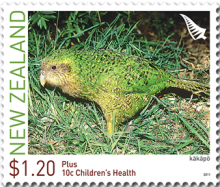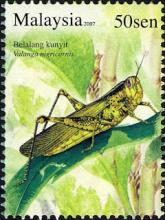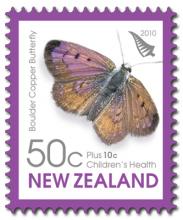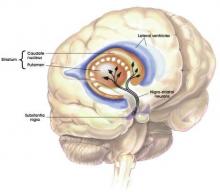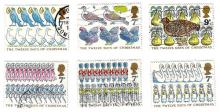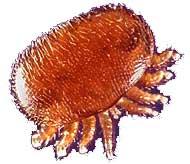There is a growing body of evidence showing the relation between pesticides and negative health impacts to children
Due to a major policy report released last month by the American Academy of Pediatrics (AAP), the Northern New England Poison Center (NNEPC) may be fielding a different type of call in the coming years — potential long-term pesticide poisonings due to exposures in back yards or school and municipal playgrounds. The AAP report said there is a growing body of evidence showing the relation between pesticides and negative health impacts to children. " The past decade has seen an expansion of the epidemiologic evidence base supporting adverse effects after acute and chronic pesticide exposure in children," according to the report, "Pesticide Exposure in Children." The report and policy recommendations were published in the December issue of the journal Pediatrics. It said "prenatal and early childhood exposure to pesticides is associated with pediatric cancers, decreased cognitive function and behavioral problems." The AAP report has moved closer to Canadian research efforts which, beginning more than a decade ago, found a scientific connection between pesticide use and early childhood diseases. These studies have prompted the ban of certain types of pesticides at certain locations in a number of municipalities and provinces in Canada.

